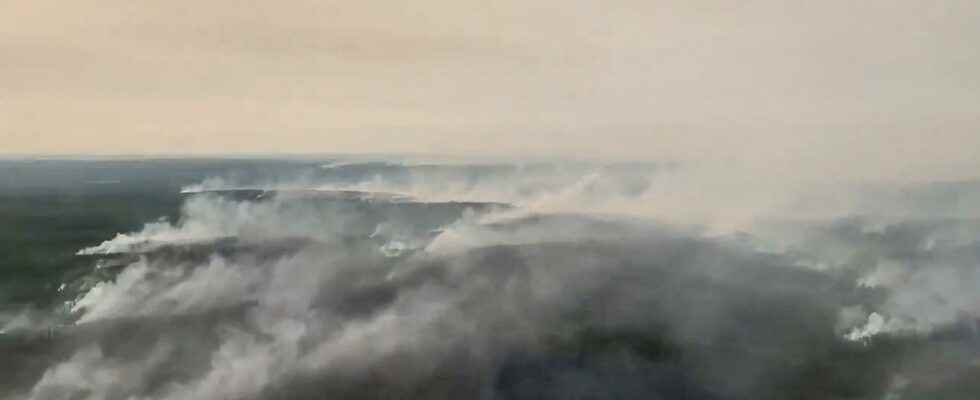Published: Just now
1 of 3 Photo: AP/TT
Huge fires have become increasingly common in the Arctic over the past five years, an effect of global warming. The result has been extensive emissions of greenhouse gases. There are now fears that the ongoing trend will suddenly accelerate and reach a dangerous tipping point.
This is evident from a new study in Science where an international research team has examined the fires in northern Siberia, north of the Arctic Circle, from 1982 to 2020. With the help of satellite data, the extent of the fires has been determined.
The analysis shows that the fires have increased significantly over time. Until the turn of the millennium, they were few in number and had limited distribution, but since then they have become annual and increasingly larger, to fully explode in 2019 and 2020.
Large carbon dioxide emissions
The total area ravaged by fire during these two years was 4.7 million hectares, 47,000 square kilometers, an area larger than Denmark. This constitutes almost half, 44 percent, of the total fire-ravaged area in Siberia since 1982.
All told, the 2019-2020 fires released 550 million tons of carbon dioxide into the atmosphere, about as much as the combined carbon dioxide emissions of Germany.
The study does not include the last two years, but the fires have continued to rage on a large scale in both 2021 and 2022.
The researchers have examined the possible causes of the fires and found that there is a strong connection with rising temperatures.
Heat causes fires
The average summer temperature in 2019 and 2020 in the Siberian Arctic was 11.35 and 11.53 degrees Celsius, respectively, which was 2.65 and 2.82 degrees higher than the average for the entire period 1982-2020. The vegetation dried out very quickly, and became highly flammable.
The problem is that the ground in the Arctic regions stores enormous amounts of carbon, most of it in the form of peat. Normally this is frozen in the permafrost, or in areas with very high water levels. But if the rising heat leads to dehydration, the risk of fires increases, and in that case to very large emissions of greenhouse gases. The fires, in turn, can lead to the ground thawing and/or drying up faster. The whole thing can become like a self-playing instrument where the heat creates fires that lead to large emissions at an ever faster pace.
Facts
Fires
Forest fires and other fires in natural environments, for example scrublands, savannas and steppes, are a natural ecological phenomenon.
In recent years, however, higher temperatures and human carelessness have led to increasingly large areas of the earth being ravaged by fire.
During the period 2001-2018, an area of between 394 and 519 million hectares on Earth burned annually. The average was 463 million hectares, or 4,630,000 square kilometers, an area the size of half the United States.
Source: Scientific Reports
Read more
